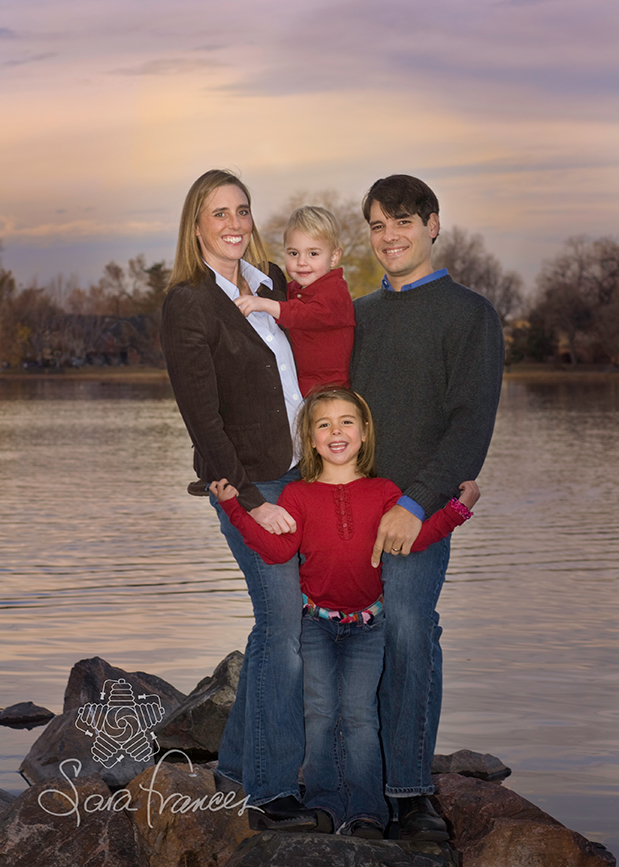
Telephotos shouldn’t be just the province of sports, wildlife and spot news photographers. Using a tele lens on a tripod to compress distance and pull in the background shore of the lake makes this environmental portrait at dusk a winner. Flash was straight on with the Ultimate Light Box modifying attachment.
It used to be that photographic portraiture and still life subjects were handled more like classic paintings. They had to have loose composition, allowing a fair amount of what we call “breathing room”, or environment, around the subject. Super close-ups, knows as SCU or ECU, mean larger than life head sizes. This style is now sought after for dramatic home decor, not just advertising and interviews.
I’ve often heard that Canon’s stabilized 70-200MM ‘/2.8 is one of the most popular lenses ever built. At 3.5 pounds, it’s pretty heavy for me to carry over a long assignment, even though the ‘2.8 is very handy in my typical low light, fast moving photojournalistic situations. Although we own both, I generally use the ‘4 version, half the weight and 2/3 the cost.
Here’s what longer telephoto lenses are good for:
- ultra close-up for best impact
- compress distance for special effect
- create bokeh with selective focus and superior distance layering
- bridge distance in specialty situations like a large hall, across a street, pond or playing field to move in on action
- theater, political or platform presentations where you have to operate far back in the audience
- wildlife, surveillance, dangerous situations
- restricted venues
And the cons:
- difficult to hand hold in lower lighting, even with image stabilization: tripod preferred; monopod possible
- higher ‘/stops only, more limited light gathering ability
- atmospheric effects like heat waves rising affect focus, just as much as camera shake
- action can easily move outside the frame
- pinpoint accuracy of focus required
- heavy and bulky: difficult to carry comfortably on your person by yourself
- costly, especially the longest sports lenses
Most people, me included, overestimate their ability to hand hold a long, heavy lens without the disappointment of blur due to either camera or subject movement. Add low light and you’ve got the perfect storm. It’s a great rule to use a shutter speed no lower than the MM length of your lens – but not always practical.
A good tip is to be bold with ISO – 6400 or higher on the Canon 5D Mark II and other cameras like the Sony and the Nikon of the same quality. Even then I’m generally fighting to get enough exposure at 125 @ ‘/4. Tripods and monopods are your friend and mine! Trust the noise reduction software in Lightroom, Photoshop and 3rd party plug-ins. If your lighting is contrasty, be prepared to further open shadows and retrieve highlights in post. Your first job is to get sharpness in the critical part of your image. And enjoy the bokeh, or selective focus that highlights just one part of the frame.
